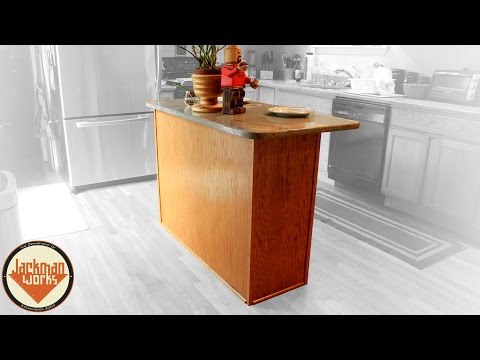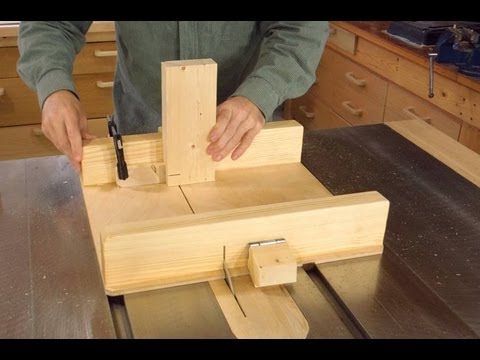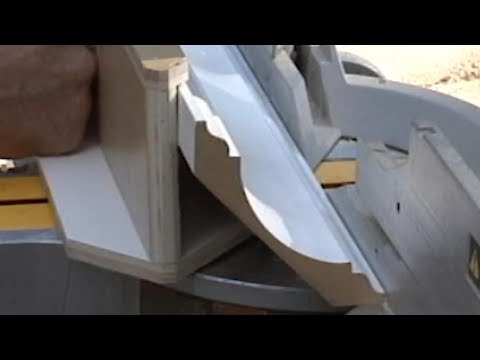Carpenter's squares are ubiquitous on jobsites, but the mumbo-jumbo written on them is Greek to most carpenters. Thanks, calculator
Some lost secrets of carpentry
First things, first: check that the square is actually square (1:36)
- Align the tongue with a straightedge and draw a line along the foot.
- Flip the square and draw another line over the previous one. If the square is square, the lines will align.
This method works for speed squares and combination squares too!
The carpenter's square featured in this video—which is right out of the package—is about 1/8 inch out of square over two feet.
This can be adjusted with a Ball-pene hammer.
The speed square and combination square are also slightly out of square.
How to adjust a carpenter's square (5:45):
At the intersection of the tongue and foot, you can stretch or shrink the metal, causing the angle to expand or contract.
- Strike the square with a ball-peen hammer at the inside of the angle to stretch the metal, which widens the angle.
- Strike the square at the outside of the angle to stretch the outer corner, thus closing, or decreasing the angle.
Tip: whack both sides if you do not leave a lump in one side.
Anatomy and dimensions of a Carpenter's square (7:54):
- The body is two inches wide and 24 inches long
- The tongue is 1-1/2 inches wide and 16 inches long.
Scales on a Carpenter's square (8:41):
Some squares have different scales on them than others. Some have many, some have fewer.
- Octagon scale
- Roof framing scale
- Board foot scale
- Brace scale
- Wood screw and Pilot hole sizes
- Fraction conversion chart
—This video is from , a YouTube channel worth subscribing to.











